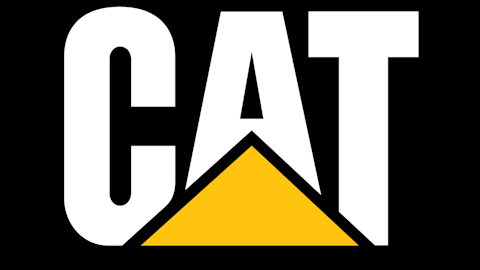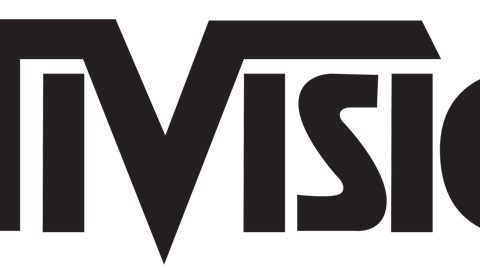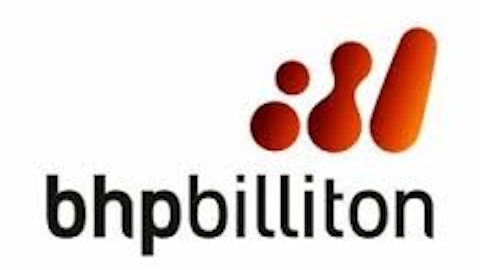For investors looking to play this secular trend, the onlypure pet-med play in the U.S. equity markets is with Aratana Therapeutics. It may be difficult to believe, but the entire veterinary drug industry contains just two other publicly traded companies aside from Aratana: the large-cap Zoetis (NYSE:ZTS), which is a diversified animal health producer for both livestock and pets, and MWI Veterinary Supply (NASDAQ:MWIV) a product distributor. Though it stands to reason that we could see more IPOs like Aratana in the future, it’s alone for the time being.
When looking at the financials from Aratana’s last conference call, it becomes clear the company doesn’t have the ability to generate meaningful revenue until 2016, the year it expects to gain regulatory approval of its three aforementioned compounds. According to CFO Louise Mawhinney, Aratana expects to end 2013 with between $45 million and $50 million in cash and cash equivalents, which should be “sufficient to fund operations to at least the end of 2015.”
Getting into the projections, it’s worth mentioning that Zoetis’ dogs-and-cats division reached $741 million for the six-month period ending on June 30, 2013, and with 10 drug products split between both animals, the company averages revenue of about $125 million to $150 million per drug annually.
Assuming Aratana Therapeutics can at least break the $100 million mark on each of its compounds, that represents a $300 million top line by 2016. The company sports a market cap near $330 million as of this writing, so assuming an industry average price-to-sales multiple of 3.0 times, we can reasonably expect upside of 150% to 175% from current levels.
Obviously, one could argue that Aratana’s multiple deserves to be higher than the drug manufacturer industry average, due to factors mentioned above, just as one could project the company’s drug portfolio to boast sales $150 million per compound by 2016. In either scenario, it looks as though a reasonable aim is Castor’s PT of $40 per share, which represents a projected appreciation of 165% in the next three years.
With a focused management team partially composed of a range of scientists, vets and physicians that hold “over 100 years of experience in the animal health and human biopharmaceutical industries,” it’s tough to see Aratana dropping the ball on AT-001, AT-002 and AT-003 as they prepare for U.S. and European approval in the next few years, and the market opportunity is clearly theirs for the taking.
Although we don’t see any immediate catalysts in the near-term, Castor’s three-year price target of $40 per share seems well within reach, given the fact that investors don’t really have any pure alternatives to play in the animal health industry.
Recommended Reading:
Value Investing Congress Presentations: Mick McGuire’s Bullish Thesis On United Rentals
Activist Jana Partners Boosts Ashland Stake
Disclosure: none





